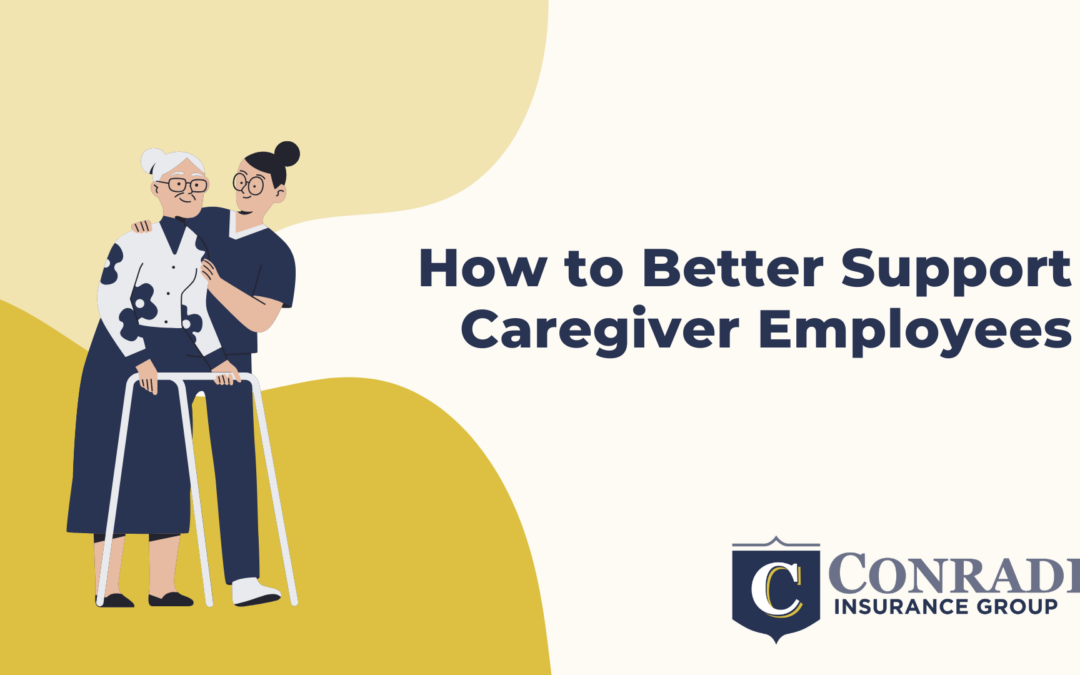Many employees have a second job: They’re caregivers. According to Forbes, 73% of them juggle work and caregiving duties. In honor of National Caregivers Day on Feb. 21, learn about your caregiver employees. Knowing their challenges and working with an employee benefits consulting team can help you better support them day-to-day and in the long run.
Who are caregivers?
Caregivers are people who assist others with daily tasks or medical care, usually without pay. Examples include:
- A parent looking after their young children
- An adult child who regularly takes their aging parent to medical appointments
- A spouse looking after a partner with a chronic illness
- A friend supporting a friend through a mental health crisis
- An adult helping their sibling with special needs
- A pet owner helping their cat recover from a medical procedure
Facts about caregiver employees
For caregiver employees, juggling work and caregiving responsibilities can cause higher levels of stress and burnout. Following are some facts about caregiver employees you should know.
According to a report by Employee Benefit News (EBN):
- Women are nearly twice as likely to be caregivers than men.
- Six in 10 caregiver employees say caregiving makes it harder to work.
According to the nonprofit Family Caregiver Alliance:
- The caregiver employees whose work is most affected are those who live with the person they’re caring for (27%), those with high caregiving demands (73%), primary caregivers (66%), and those involved in medical or nursing tasks (70%).
- The average caregiver employee spends almost 35 hours per week caregiving.
- Over half of caregiver employees work full-time.
- Nearly 70% of caregiver employees say they’ve had to rearrange their work schedule, reduce their hours or take an unpaid leave due to their caregiving duties.
- Almost 40% of caregivers have quit their jobs because of caregiving responsibilities.
- 16% of female caregivers would be willing to take a less demanding job to accommodate their caregiving duties (versus 6% of male caregivers).
Ways you can help ease the burden
Given these statistics, it’s no surprise that most employers are missing the mark on caregiver benefits. The EBN survey found that just one in five employers offer dedicated support for caregivers.
While quick-fix solutions like on-site child care may not be within reach, there are other benefits you can offer. Consider:
- Flexible schedules: For medical appointments, sick days, disciplinary issues, etc.
- Emergency paid time off: In addition to vacation and sick leave
- Social support: Caregiver networks, employee resource groups, dedicated online channels, etc.
- Well-being funds: For things like cleaning services, meal deliveries, massages and home care
- Coaching, mentoring and counseling: For support with professional development and mental health
- Return-ships: For candidates who’ve left the workforce due to caregiving needs and want to return
Find the right benefits for your organization
Ask the Conrade employee benefits consulting team for help supporting your caregiver employees. They can explore different options with you to find the right benefits for your organization.

